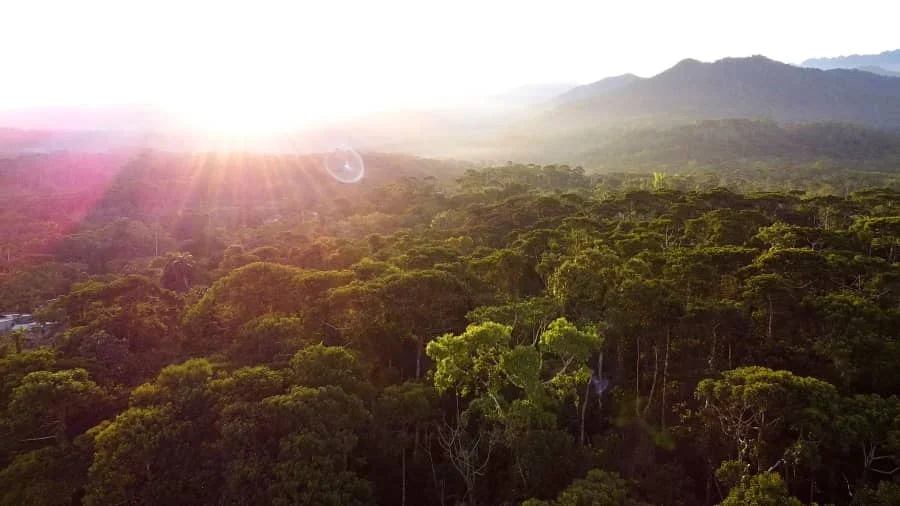As the effects of climate change continue to unfold, all communities across the U.S. will face a wider range of risks. However, some communities will be more affected by those risks due to greater exposure and limited ability to recover from their effects.
For two neighboring communities in Detroit, the U.S. Climate Vulnerability Index, a new tool developed by Environmental Defense Fund and Texas A&M University in partnership with many others, illustrates how a community’s baseline vulnerability can determine its capacity to address devastating floods, storms, droughts, wildfires and other extreme weather events. Read More










